Ready to roll on roads: Amherst priority list tees up $4.55M to rebuild some of town’s worst stretches
|
Published: 03-28-2025 6:34 PM
Modified: 03-28-2025 7:39 PM |
AMHERST — “Rough road” signs along West Bay Road, at the edge of the Hampshire College campus near the Eric Carle Museum, warn drivers about the worsening condition of the travel lanes, which feature broken pavement, ruts and cracks, and an endless series of potholes that have been patched, repatched and patched again.
The challenging condition of the road, an important route for people commuting from Belchertown to Northampton, is why the Department of Public Works is putting a 1,425-foot length of West Bay Road, from Gould Way to Rambling Road and from Spencer Drive to the Hadley town line, at the top of a priority list for $4.55 million and 2.47 miles of road projects to be undertaken both this year and next.
In a recent presentation to the Town Services and Outreach Committee, town engineer Jason Skeels said the stretch of West Bay has become a chronic maintenance headache, endlessly falling apart, and that a permanent fix, at a $630,000 cost for full-depth reconstruction, is needed.
“The traffic there is just beating it up,” Skeels said. “The traffic, the hade, the freeze-thaw cycles — that’s on our priority list.”
During the meeting, Skeels shared the DPW’s pavement management and paving plan that guides decisions on what work to do. The plan is developed in coordination with StreetScan, a company that Skeels said comes in every three to five years, most recently in July 2021, with various scanning and photography devices attached to a vehicle to evaluate the town’s 103 miles of roads using a road distress detection process.
An algorithm then ranks each road from 0 to 100 on a pavement condition index, or PCI, going from failed and serious to good and excellent, and also examines how much traffic volume each road handles.
The plan shows Amherst is facing a $42 million backlog in roadwork, which is actually less than the $49 million backlog from five years ago, though the reduction is largely attributed to less expensive repair options becoming available.
In fact, the pavement condition index has dropped over that same time frame. The average PCI for all town roads in 2021 was 65. According to the survey, 40%, or 41 miles, of town roads were in fair condition, while 3%, or 3 miles, were in very poor condition; and there were no serious or failed roads. The current PCI is 62, but very poor condition roads have gone up to 29%, or around 29 miles.
Article continues after...
Yesterday's Most Read Articles
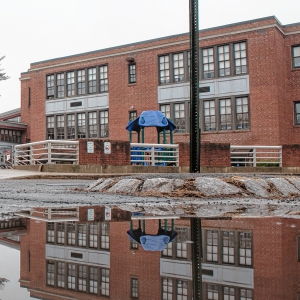 Northampton schools probe staff response to student’s unfulfilled IEP
Northampton schools probe staff response to student’s unfulfilled IEP
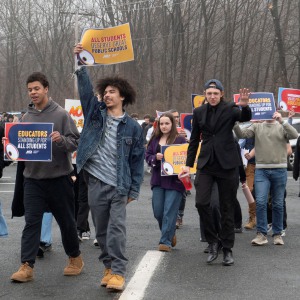 Nearly all of South Hadley High’s student body holds ‘walkout to walk-in’ rally to oppose cuts, call for funding reform
Nearly all of South Hadley High’s student body holds ‘walkout to walk-in’ rally to oppose cuts, call for funding reform
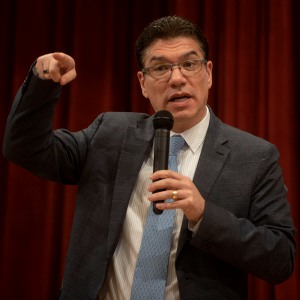 UMass Chancellor Reyes outlines changes amid financial uncertainty under Trump administration
UMass Chancellor Reyes outlines changes amid financial uncertainty under Trump administration
 Northampton Housing Authority boss placed on leave
Northampton Housing Authority boss placed on leave
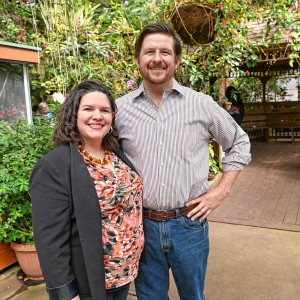 Hopeful buyers emerge for Magic Wings butterfly conservatory in South Deerfield
Hopeful buyers emerge for Magic Wings butterfly conservatory in South Deerfield
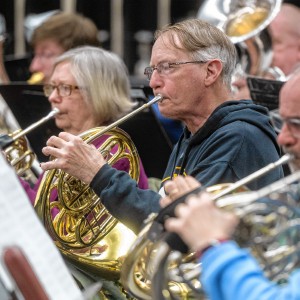 ‘For the love of music’: Florence Community Band set to hold first-ever multigenerational concert
‘For the love of music’: Florence Community Band set to hold first-ever multigenerational concert
“Our very poor roads have jumped quite a bit,” Skeels said. “We would like to get to them, but we have a hard time even keeping up with our main roads.”
Skeels said Amherst would need $5.7 million immediately to get every road scoring at below 30 PCI back into good shape, and it would take $5 million per year to simply keep the current average condition and begin to see that condition improve. Yet in an average year, the town can only do 2 to 3 miles of road with the $1 million to $1.5 million budget, using both state Chapter 90 roads money and town capital money.
“Under our current average budget, we’re going to lose about 10 PCI points every 10 years,” Skeels said.
While West Bay Road was not on the StreetScan plan, it has deteriorated faster than the company’s model assumed, having previously received an overlay coat of asphalt a few years ago, Skeels said.
The next road in the plan is a 1,420-foot section of Pomeroy Lane from the roundabout to Carriage Lane, at cost of $740,000. The most expensive work to be undertaken is 480 feet of South Pleasant and Main streets near the North Common in the town center, extending to Spring Street and Boltwood Avenue. This $1.08 million project is part of completing the North Common overhaul.
Anther project targets a 1,400-foot stretch of College Street from the Eversource substation to South East Street. “The lower end of College Street is in really bad shape,” Skeels said.
Other roads to be reconstructed include 2,550 feet of Flat Hills Road, from Market Hill Road to High Point Drive; 1,380 feet of Lincoln Avenue from Northampton Road to Amity Street; 2,331 feet of South East Street from Valley View Drive to the Norwottuck Rail Trail overpass; and 2,020 feet of South Pleasant Street from Snell to College streets.
“This is our ideal list for now. If we had more money we could do more,” Skeels said
The town also is in the second year of a contract that will get 15.7 miles of road crack-sealed at a cost of $109,298. This ensures these roads, resurfaced in recent years, will continue to hold up, Skeels said.
Some roads that would be prioritized — including North Pleasant Street from Kellogg Avenue to Cowles Lane, at $185,000, North Pleasant from Cowles Lane to East Pleasant Street, at $430,000, and North Pleasant from East Pleasant to McClellan Street, at $160,467 — are being putting on hold until consultants Dodson & Flinker makes its recommendation for revised downtown design standards, Skeels said.
Meanwhile, $379,000 is being spent on sidewalks. Planned for replacement include a 1,500-foot section on Chestnut Street from Cottage Street to the middle school, which has poor drainage and often freezes over in the winter, and a new 100-foot sidewalk on North Whitney Street that will allow for a direct connection to Skillings Trail, a path that some students take to get to the middle school.
Also being rebuilt will be a sidewalk on West Street near Mill Lane that will replace one set back from the road, making it easier for pedestrians to access a bus stop.
Skeels showed a wish list of $5.6 million in pavement work that would be added if money were available. That includes resurfacing 1,826 feet of University Drive from Amity Street to Route 9. That is south of the roundabout that is expected to be built using a $1.94 million MassWorks grant and next to the mixed-use Campus View development at 422 Amity St.
“Our piece of University Drive is definitely falling apart, and it will get much worse, even with just the construction project going on,” Skeels said.
Scott Merzbach can be reached at smerzbach@gazettenet.com.

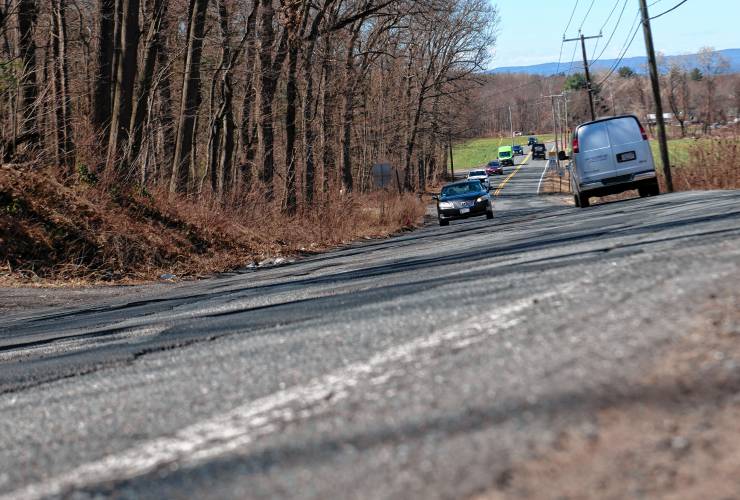
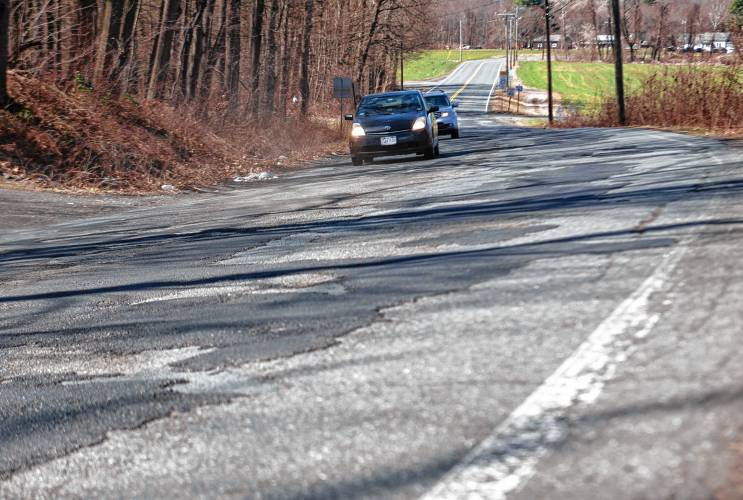
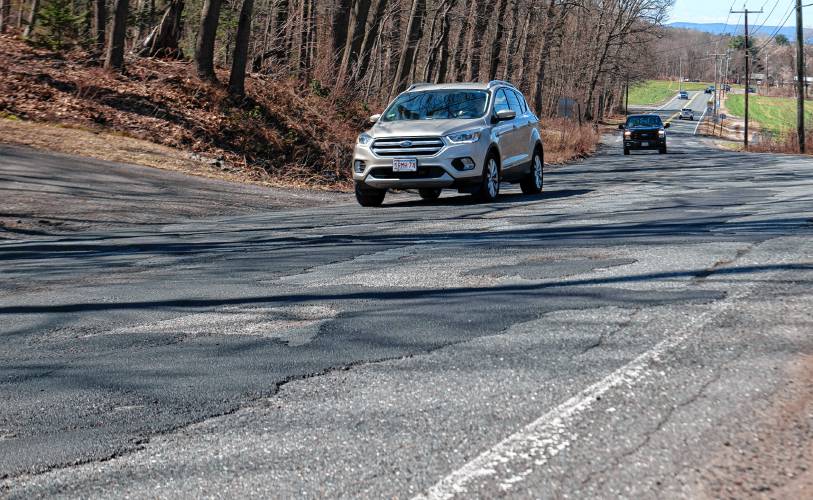





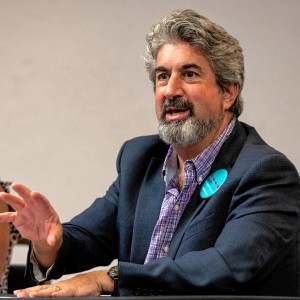 MTA president offers ways for legislators to address ‘unprecedented dangers’ to K-12 education in state
MTA president offers ways for legislators to address ‘unprecedented dangers’ to K-12 education in state ‘Wallace the Brave’ tumbles onto Gazette comics page
‘Wallace the Brave’ tumbles onto Gazette comics page
